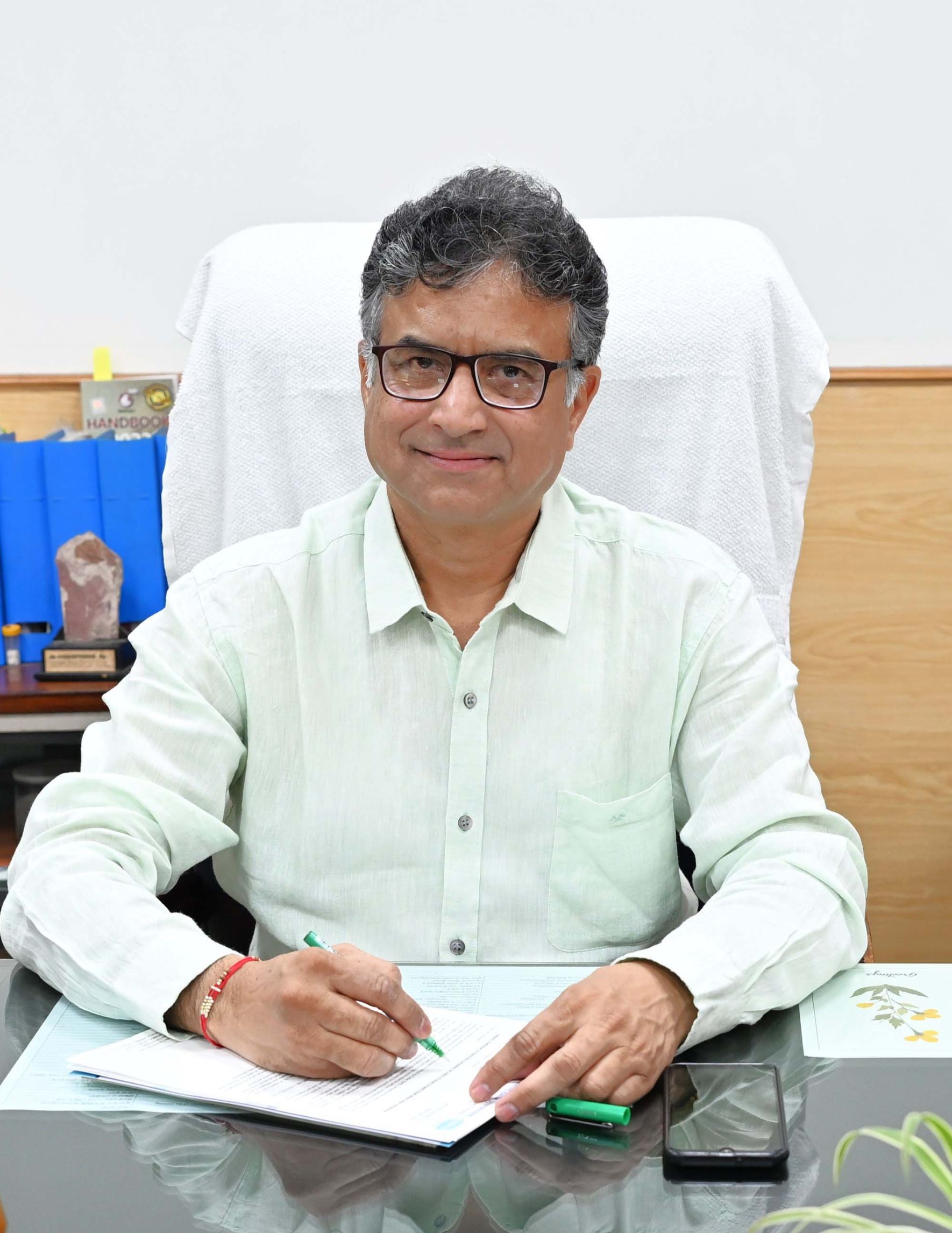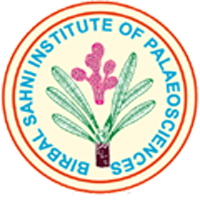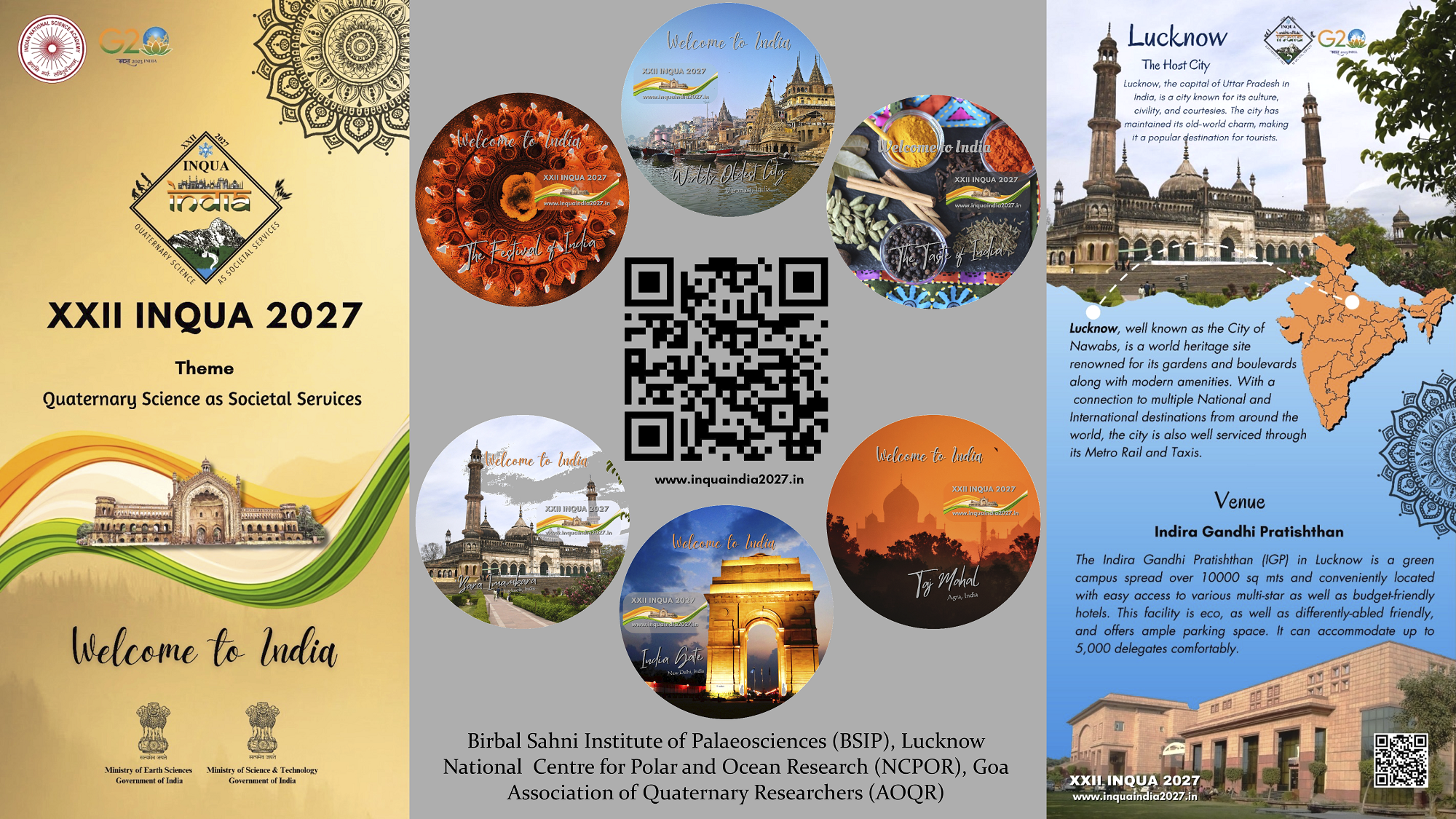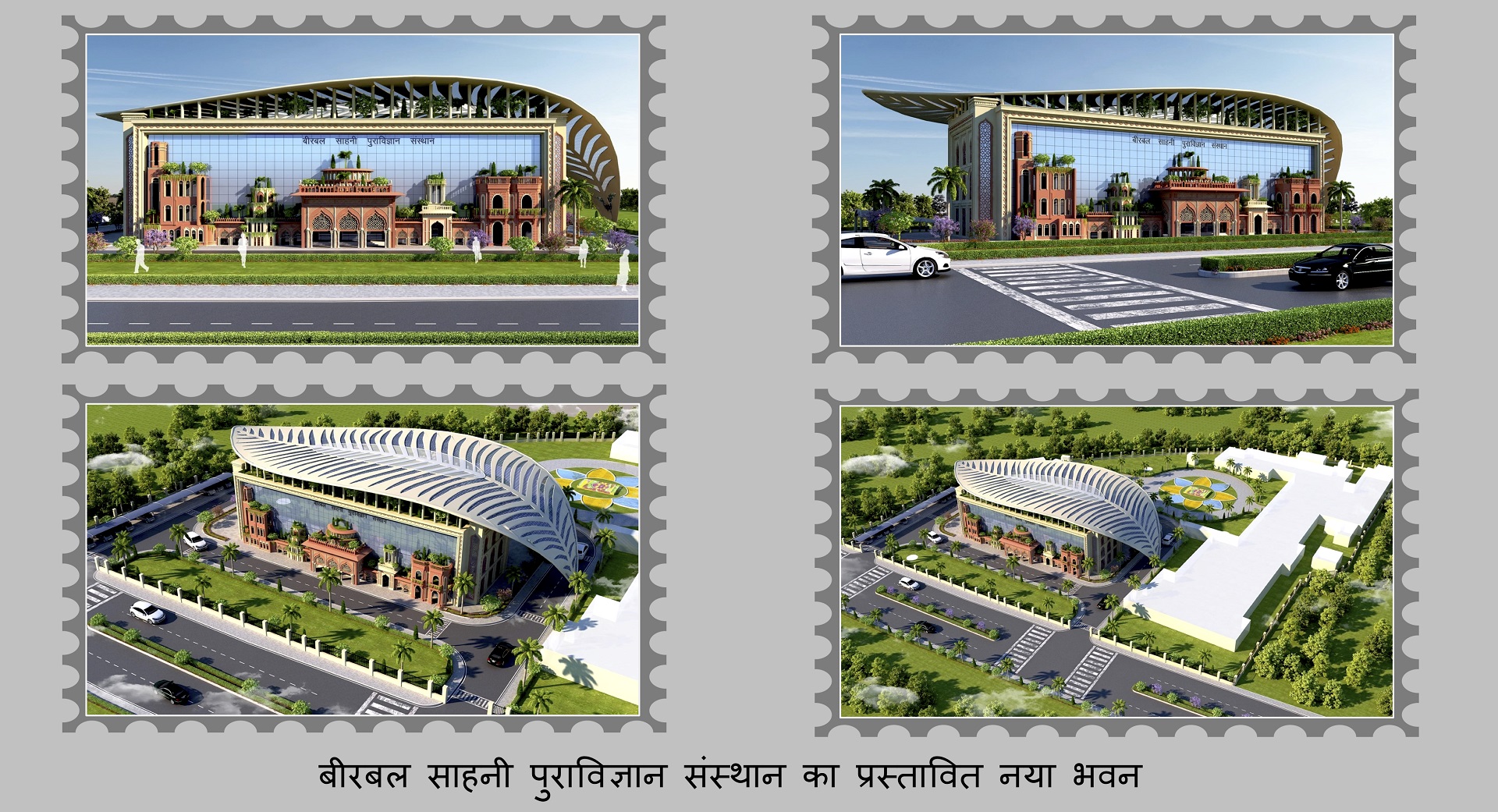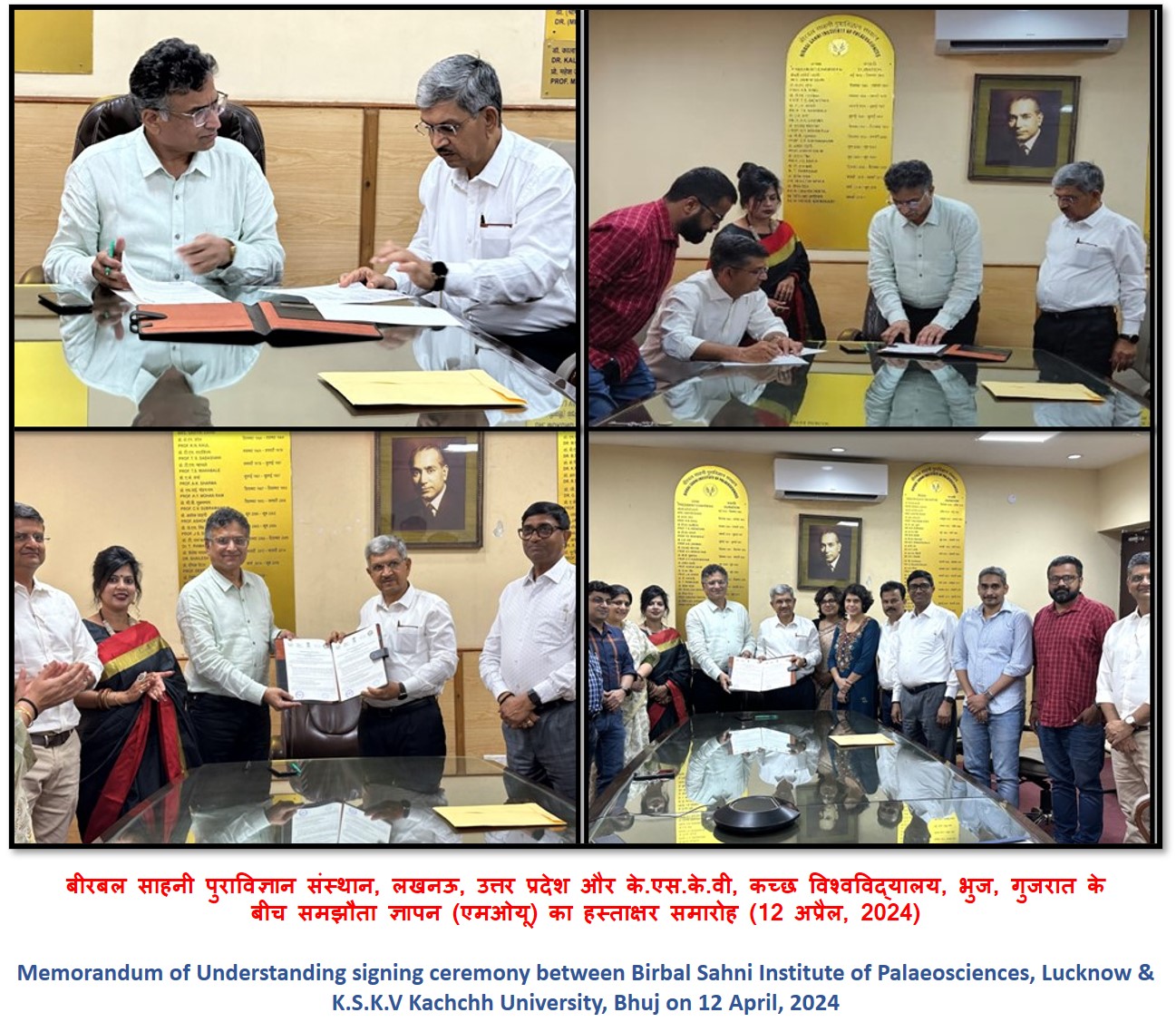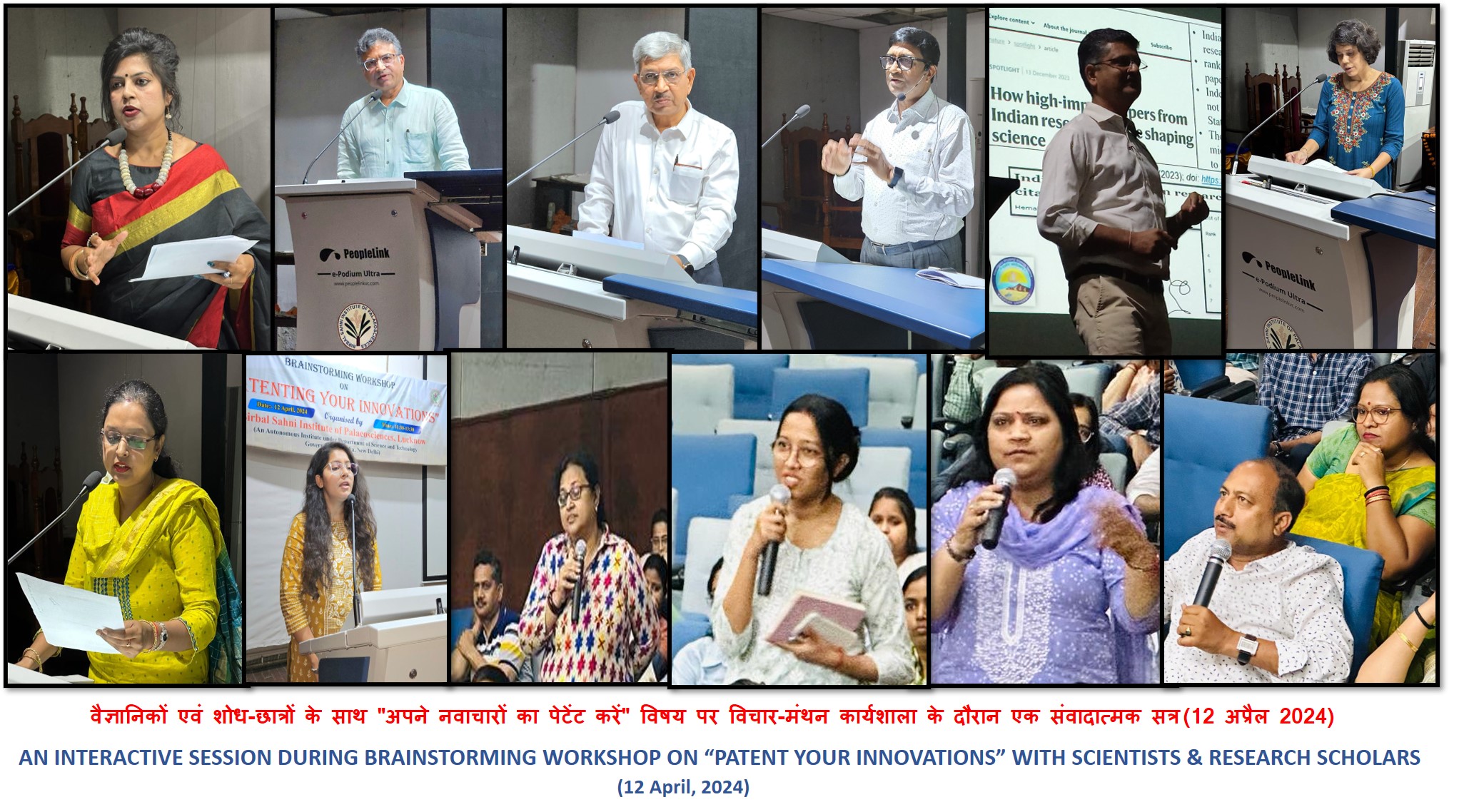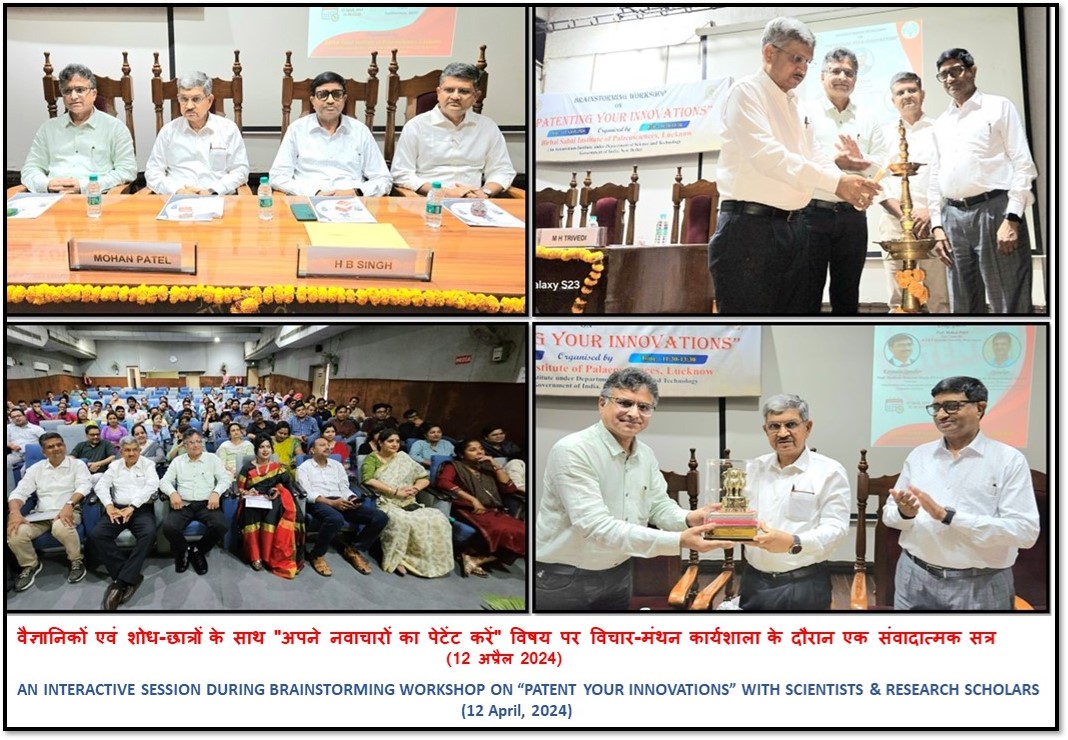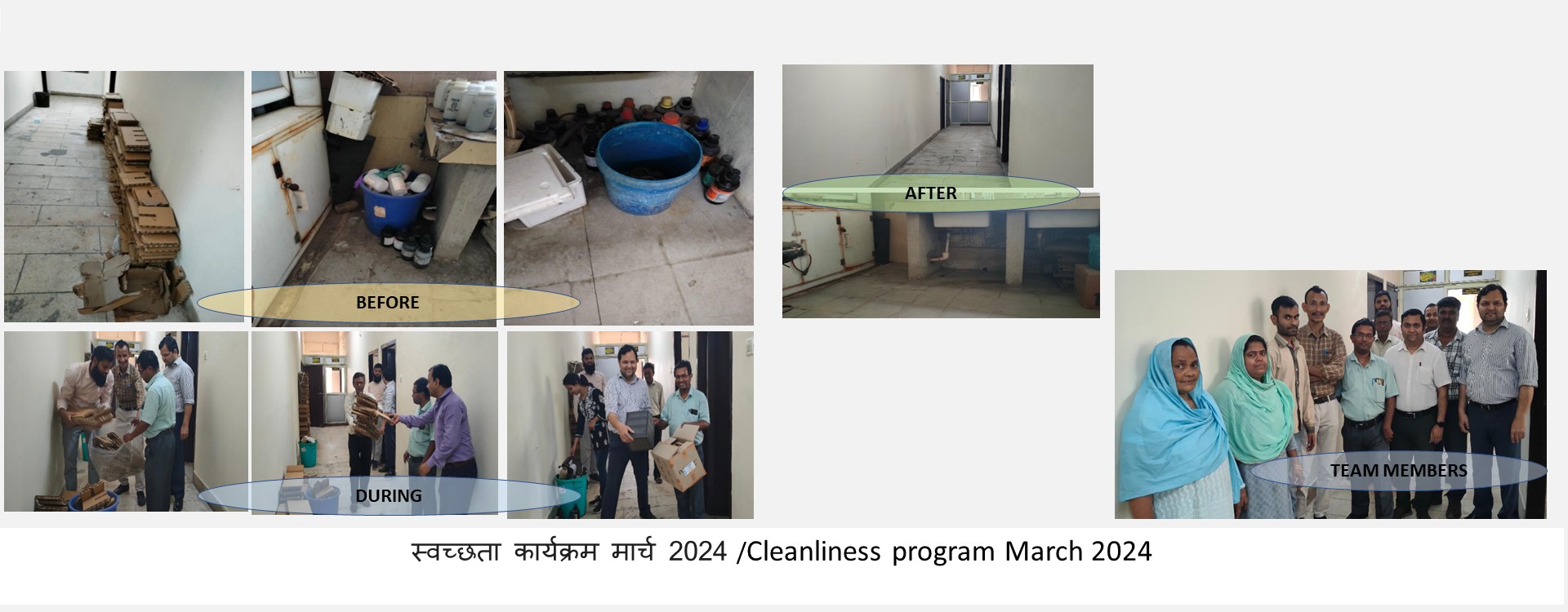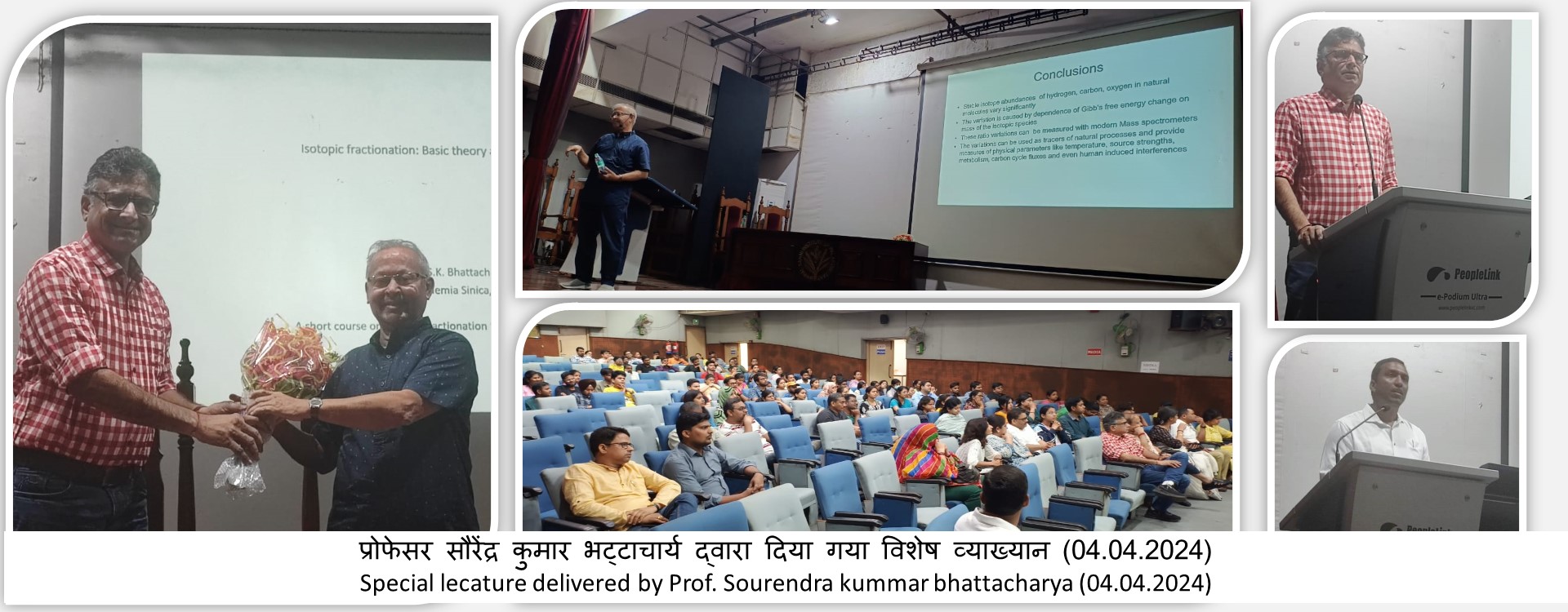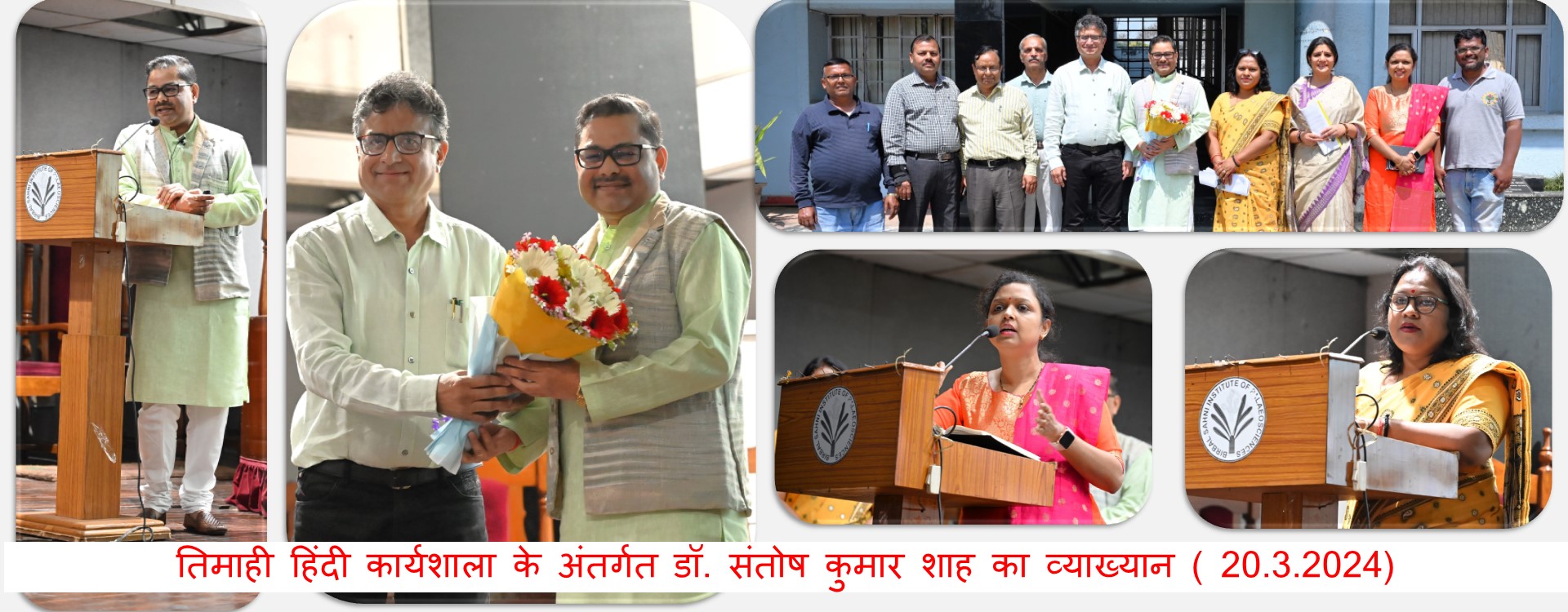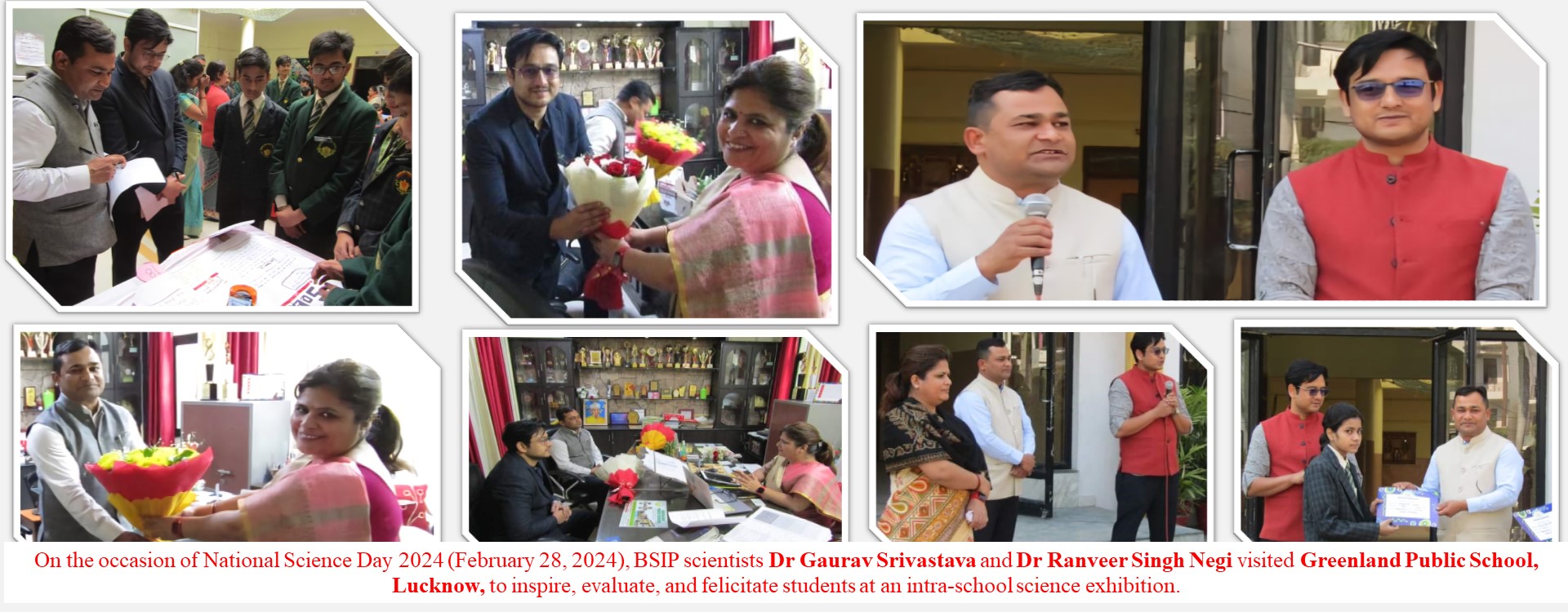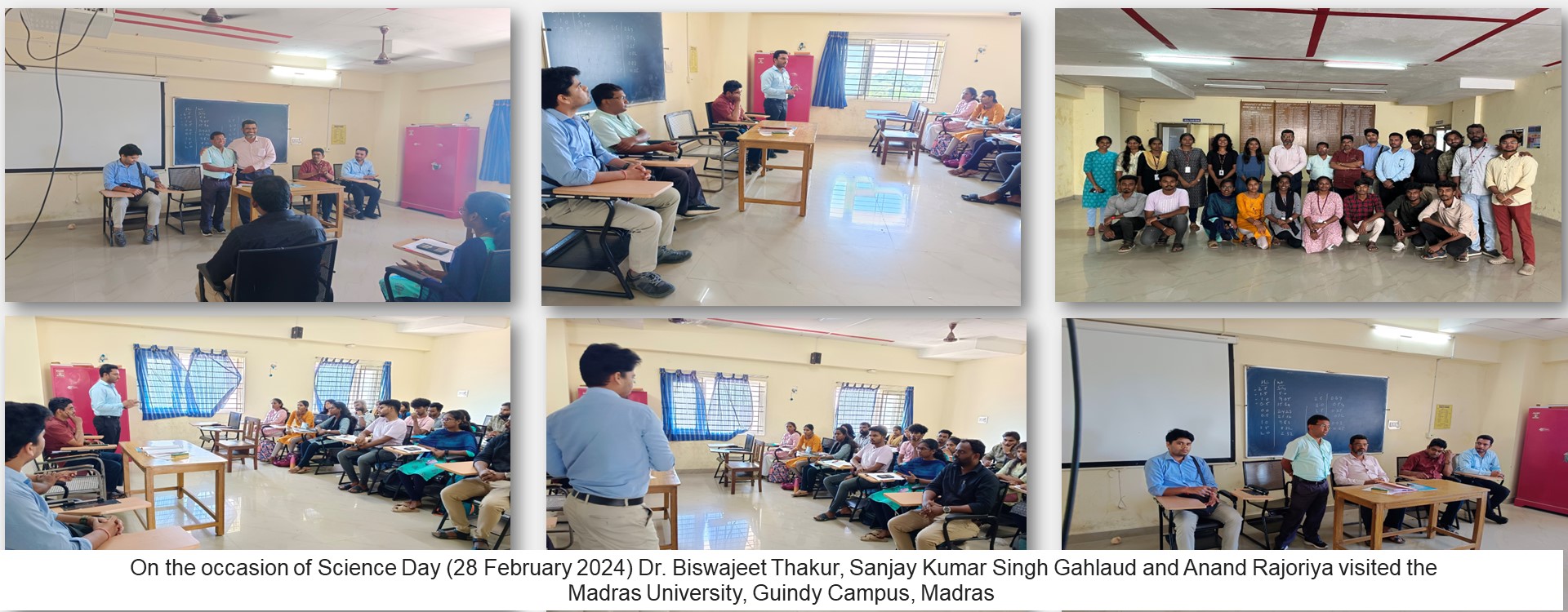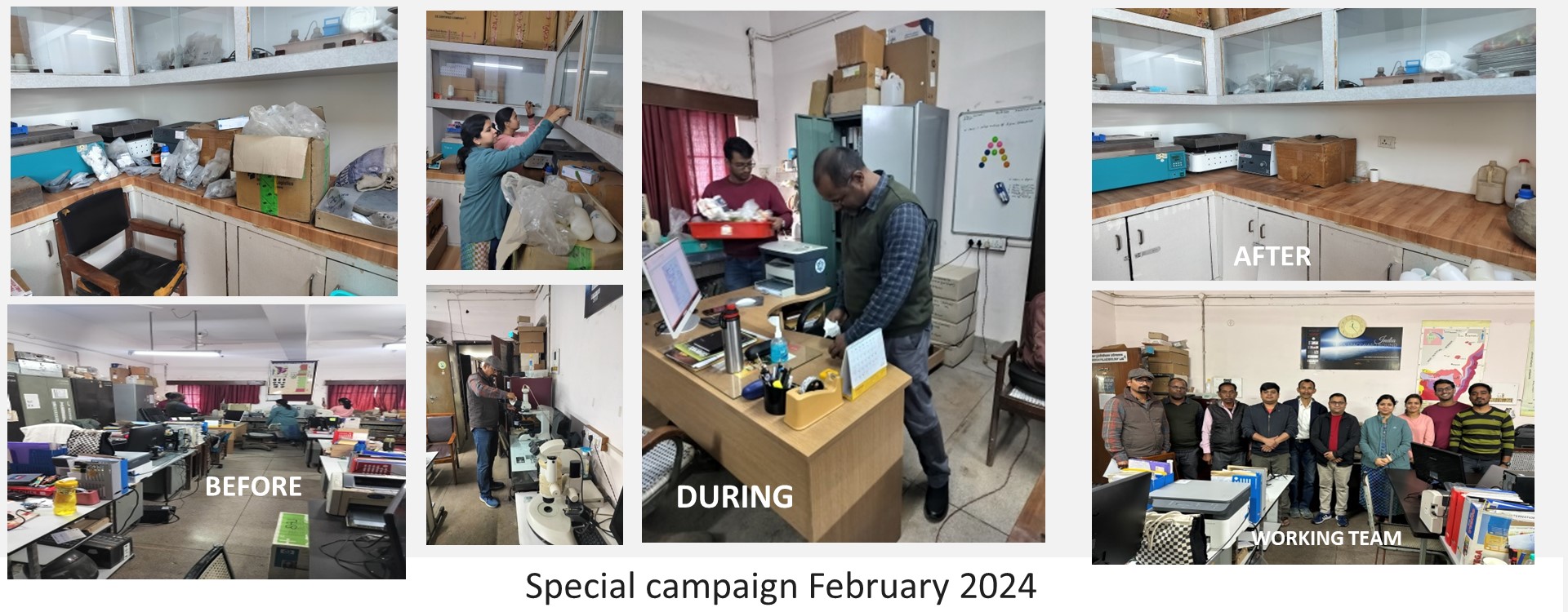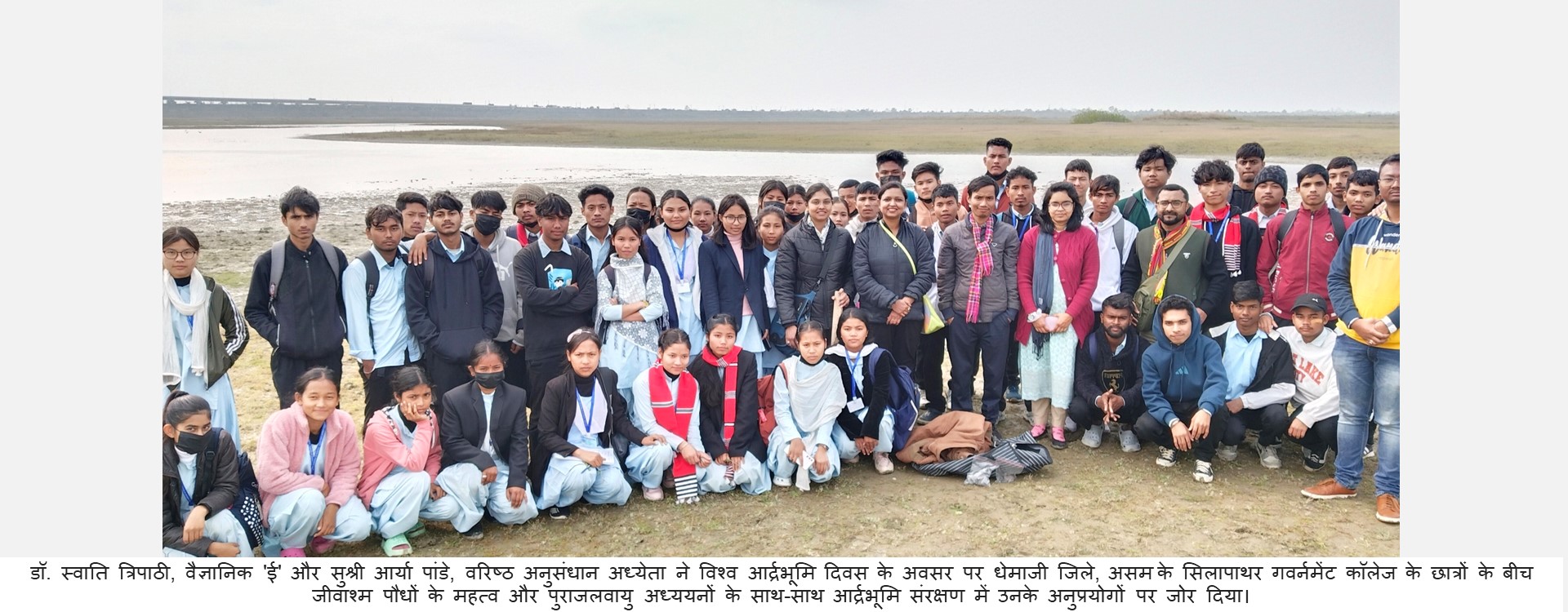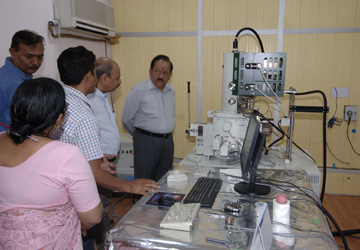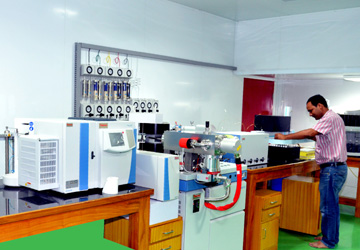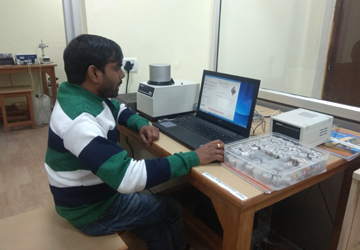Welcome to BSIP
Professor Birbal Sahni, FRS, and a great visionary, established the Institute as Institute of Palaeobotany in the year 1946 to establish palaeobotany as a science in itself. He envisaged that palaeobotany as discipline has immense prospects in solving issues of origin and evolution of plant life, other geological issues including exploration of fossil fuels. Initially, the institute laid emphasis on studying the plant fossils across geological time span and their related aspects. However, institute has widened its research dimensions and significantly expanded its mandate in the year 2015, and was renamed as (Birbal Sahni Institute of Palaeosciences, accommodating a more holistic approach with reinforced strategies to pursue palaeosciences under one roof and cater enhancing needs of the country amidst global change. The newly widened mandate aims to look at
- Understanding origin and evolution of life through time
- Understanding climate change in recent and deep geological times
- Understanding past civilization and human history
- Application of palaeosciences to exploration programmes of oil and coal industry
BSIP is striving to attain excellence in R&D through a dedicated scientific team together with integrated innovative ideas in basic and applied research. The main research work involves the understanding of biotic evolution through geological time. Emphasis has been made to derive knowledge about the diversification of Precambrian life; diversity, distribution, origin, evolution of Gondwana and Cenozoic flora in a phylogenetic framework, intra- and inter-basinal correlation during Gondwanan and Cenozoic time-slices and work on organic petrology to evaluate the quality of Gondwana coals and Cenozoic lignite for their economic utilization. BSIP has been continuously exploring and diversifying to include sequence biostratigraphy, magnetostratigraphy, and geochronology to help in the correlation of surface and subsurface sediments, geochemistry, vertebrate palaeontology, palaeogenomics and exploring areas favourable for fossil fuel deposits.Understanding the link(s) between climate change and vegetation during the Quaternary Period is also an important part of research at the BSIP. Origin and antiquity of ancient civilizations, human history and subsequent interventions are also being done using ancient DNA analysis. It is pertinent to mention that BSIP is working not only pan-India but also working in the polarregions (Arctic/Antarctic) as well.
Read MoreNotices/Updates
Founder

Director
